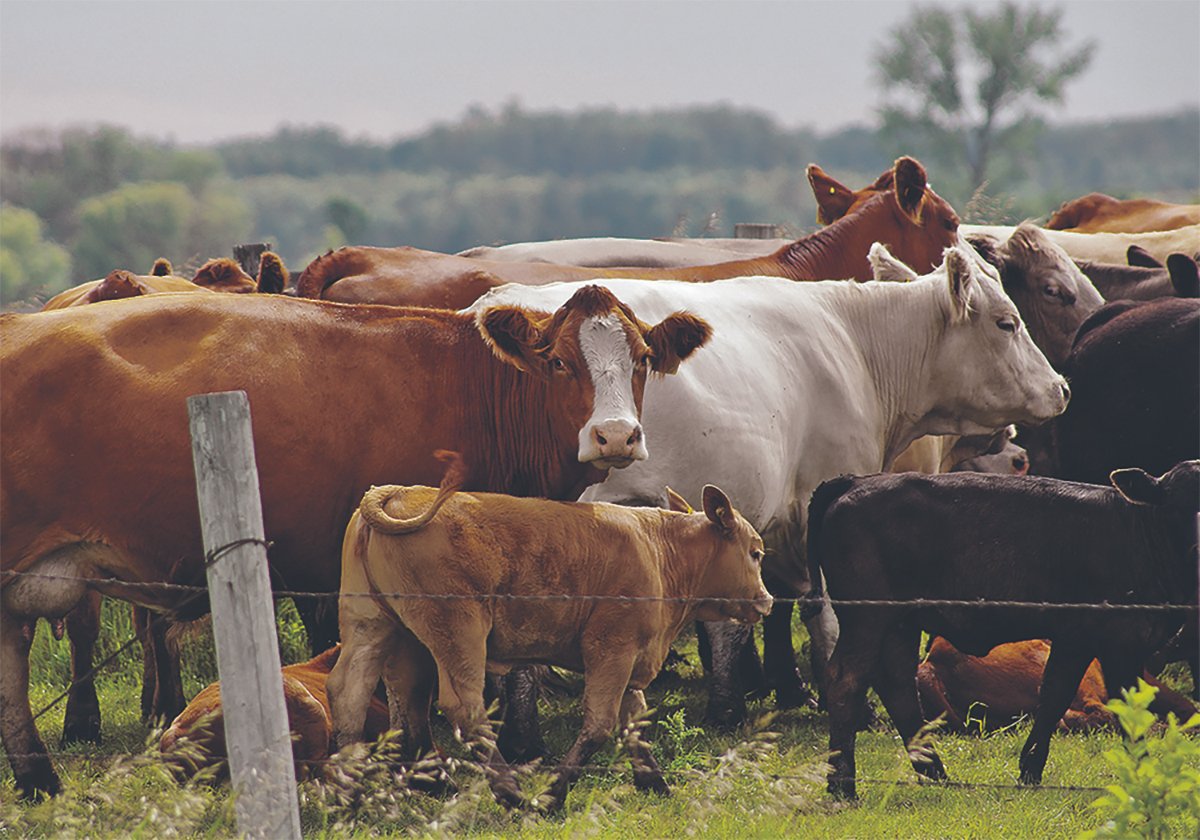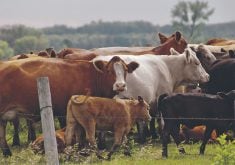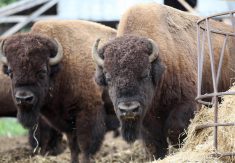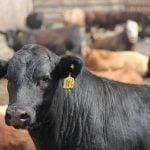The calf in front of you needs an antibiotic injection to treat
shipping fever. How much should you give?
The calf weighs 600 pounds and the antibiotic is dosed at 20 milligrams
per kilogram. The solution contains 50 mg per millilitre.
It should be simple to calculate the correct volume but mistakes can
easily be made.
You need to administer the correct dose to ensure effective treatment.
You don’t want to give too much, because it will be more costly and it
Read Also

High prices see cow-calf producers rushing to incorporate
Farm accountants are reporting a steady stream of cow-calf producers rushing to get their operations incorporated ahead of selling their calves this fall.
will affect antibiotic residues and withdrawal times.
Obtaining an accurate weight is the first step.
Misjudging an animal’s weight is a common error. An accurate weight can
be determined with a scale or a tape. Many producers can accurately
guess weight because of their extensive experience.
Next, read the label. What weight system does the label use? You must
convert the dosing instructions to the same system of measurement as
the body weight you just obtained.
A lot of mistakes can be made while converting between metric and
imperial measures. A calf can be inadvertently dosed for 500 kg rather
then 500 lb.
When you make calculations, always record them. When writing a
fractional number, put a number in front of the decimal point. That way
.5 will appear as 0.5 and won’t be confused with five. Also, don’t put
an extra zero after the decimal. Write the number as 20, not 20.0 which
could accidentally be read as 200 if the decimal is missed.
Let’s take an example.
Suppose you want to give an injection of Liquamycin LP (Pfizer)
antibiotic to a 700 lb. calf.
Since there are 2.2 lb. in a kg, begin by dividing the 700 lb. by 2.2.
This gives you a metric body weight of 318 kg. The dose is 6.6 ml for
every 100 kg. To find out how many 100-kilogram units there are, divide
318 by 100, which equals 3.18. This can then be multiplied by 6.6 to
get the final dose of 19 ml.
An easy way to determine dosing volumes is to create a dosing table in
advance.
Assume you want to use the antibiotic Tetraject LP (Bimeda-MTC), which
is dosed at three ml for each 45 kg of body weight. You need your chart
in pounds because that is how your scale weighs.
First, convert 45 kg to pounds, which is very close to 100 lb. A table
can then be made using the dose of three ml per 100 lb. It can be very
detailed with increments every 10 lb., or just one increment for every
100 lb.
Because most calves weigh between 400 and 800 lb., you could create a
table like this:
400 lb. – 12 ml
450 lb. – 13.5 ml
500 lb. – 15 ml
550 lb. – 16.5 ml
600 lb. – 18 ml
650 lb. – 19.5 ml
700 lb. – 21 ml
750 lb. – 22.5 ml
800 lb. – 24 ml
Conversion factors for drug dosing
1 litre = 1,000 millilitres
1 ml = 1 cubic centimetre
1 fluid ounce = 30 ml
1 teaspoon = 5 ml
1 tablespoon = 15 ml
1 kilogram = 2.2 pounds
1 lb. = 454 grams or 0.454 kg
1 gram = 1,000 milligrams
Jeff Grognet is a veterinarian and writer practicing in Qualicum Beach,
B.C.














